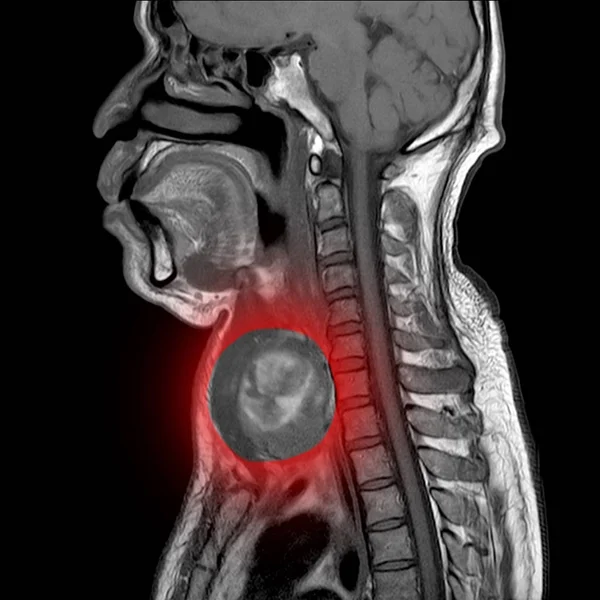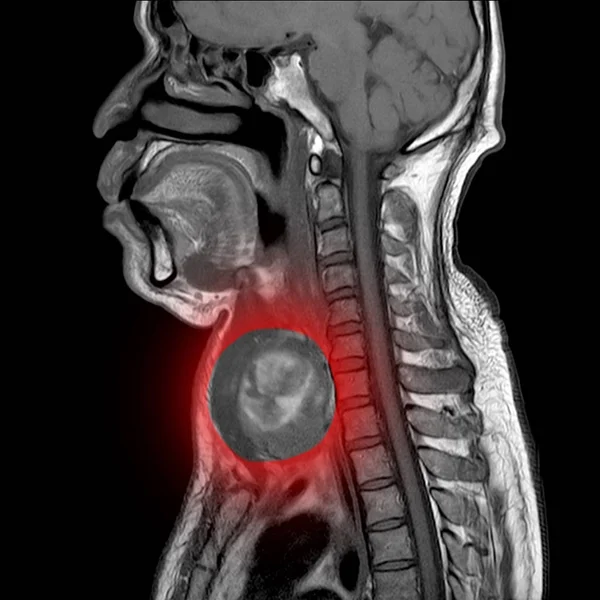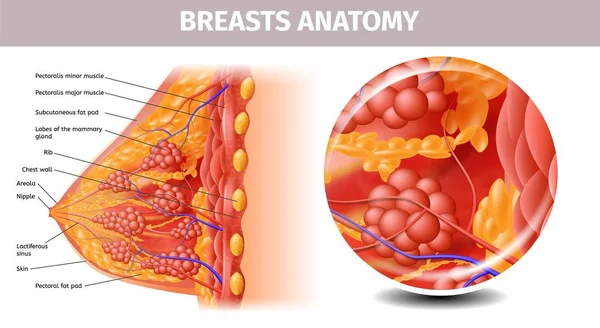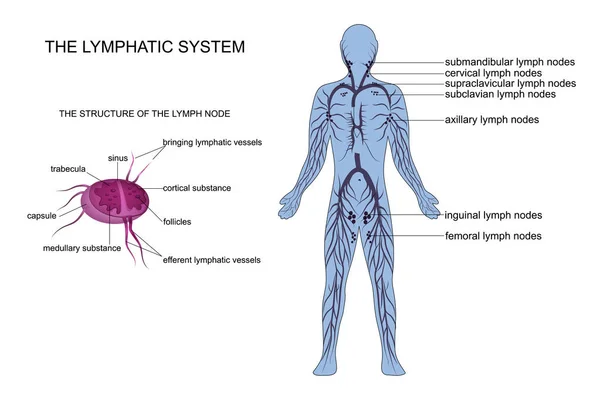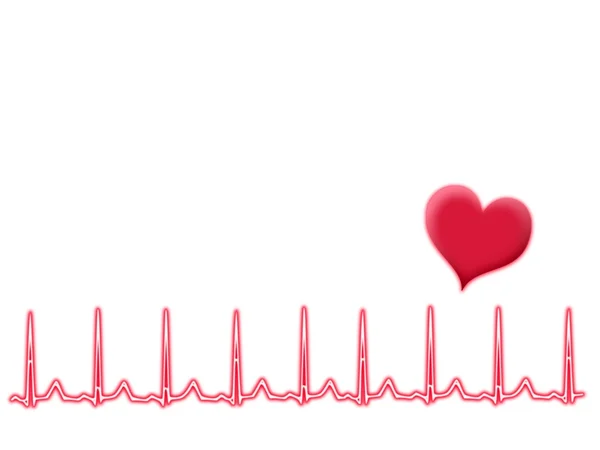Stock image Sinus Node
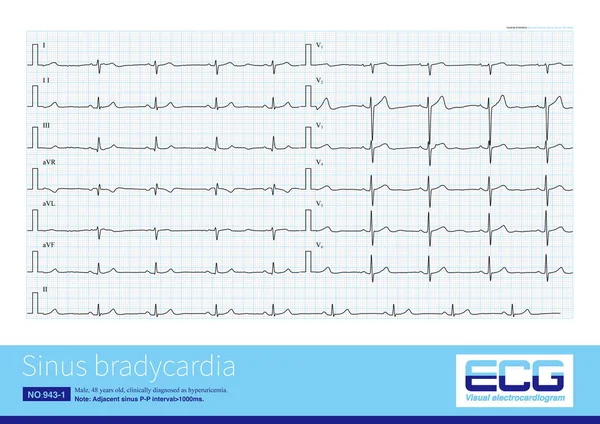
Generally, When The Sinus Heart Rate Is Below 60 Beats Per Minute, It Is Called Sinus Bradycardia. This Arrhythmia Can Be Both Physiological And Often Pathological.
Image, 20.38MB, 10000 × 7069 jpg

R Wave Greater Than S Wave Is Judged To Be Positive; R Smaller Than S Is Judged To Be Negative; R Equal To S Amplitude Is Judged To Be Equipotential.
Image, 7.5MB, 10000 × 5119 jpg

Doctor Treats A Heart Disease That Is Atrial Fibrillation. AF Is Common Type Of Irregular Heartbeat. Electrical Signals In Atrium Cause Atrium To Beat Quickly And Erratically. Cardiology Vector.
Vector, 0.42MB, 6667 × 3779 eps

The QT Interval Of ECG Is From The Beginning Of QRS Wave To The End Of T Wave, Representing The Total Time Of Ventricular Depolarization And Repolarization.
Image, 8.09MB, 10000 × 10950 jpg
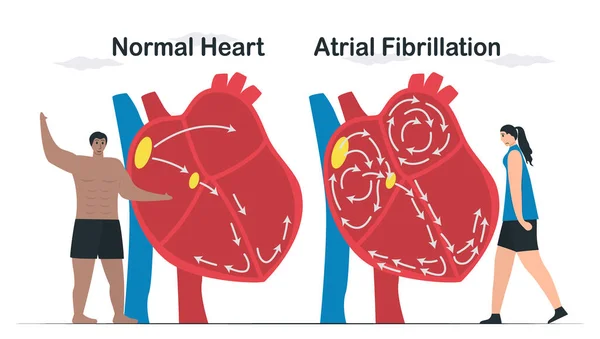
Data Comparison Of Normal Heart And Atrial Fibrillation. AF Is Common Type Of Irregular Heartbeat. Electrical Signals In Atrium Cause Atrium To Beat Quickly And Erratically. Cardiology Vector.
Vector, 0.39MB, 6667 × 3779 eps
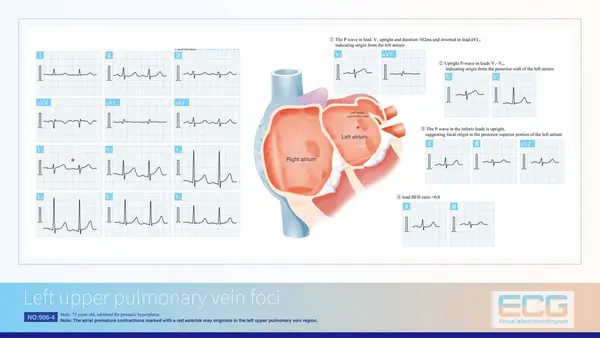
Atrial Focal Originating In The Left Upper Pulmonary Vein, With An Upright P Wave In V1 And Wide Duration, Inverted P Wave In Lead AVL And An Upright P Wave With Notch In Inferior Leads.
Image, 12.65MB, 10000 × 5632 jpg

The PR Interval Is Age-related, And The PR Interval Should Be Assessed For Abnormalities Based On The Age Of The Person Being Examined.
Image, 10.01MB, 9000 × 12550 jpg

The Atrioventricular Junction Area Has Bidirectional Conduction Ability, And The Impulse Can Be Conducted From The Atrium To The Ventricle Or From The Ventricle To The Atrium.
Image, 10.39MB, 9000 × 12631 jpg

The PR Interval Of An Ecg Includes The Time During Which Supraventricular Impulses Are Transmitted Through The Atrioventricular Node, His Bundle, Bundle Branches, And Terminal Purkinje Fibers.
Image, 8.05MB, 10000 × 8014 jpg

During Nocturnal Sleep, Vagus Tone Is Elevated, And ECG May Show Both Sinus Bradycardia And First-degree Atrioventricular Block.
Image, 1.59MB, 4000 × 1210 jpg

Normal Heart With Cardiac Arrhythmia, Showing Sinus Node, Chaotic Signals, And Atrial Fibrillation Diagram Hand Drawn Schematic Raster Illustration. Medical Science Educational Illustration
Image, 3.68MB, 6000 × 4500 jpg

Abnormal ECG Refers To Changes In Depolarization Waves And Or Repolarization Waves, Most Of Which Are Pathologic And Few Are Physiological.
Image, 7.91MB, 10000 × 5625 jpg

Sinus Heart Rate Less Than 60 Beats Per Minute In Adults Is Called Sinus Bradycardia. A Sinus Heart Rate Of 40 To 50 Beats Per Minute Is Moderate Sinus Bradycardia, And Patients May Have Symptoms Such As Palpitations And Dizziness.
Image, 6.83MB, 10000 × 3842 jpg

The Conduction System Of The Heart Is Responsible For The Generation And Conduction Of Cardiac Electrical Impulses, And Is The Electrical System Of The Heart.
Image, 10.34MB, 10000 × 8350 jpg

When The Body Temperature Rises, The Heart Rate Increases, Usually 8 Or 10 Beats Per Minute For Every 0.5 Increase In Body Temperature.
Image, 4.22MB, 11811 × 8460 jpg

Sometimes, There May Be Slight Non-specific Changes And Normal Variations In The Electrocardiogram, Which Are Often Due To Physiological Reasons And Have No Clinical Therapeutic Significance.
Image, 13.15MB, 10000 × 11438 jpg

Abnormal ECG Refers To Changes In Depolarization Waves And Or Repolarization Waves, Most Of Which Are Pathologic And Few Are Physiological.
Image, 13.09MB, 10000 × 11438 jpg

The Conduction System Of The Heart Is Responsible For The Generation And Conduction Of Cardiac Electrical Impulses, And Is The Electrical System Of The Heart.
Image, 12.78MB, 9000 × 10973 jpg
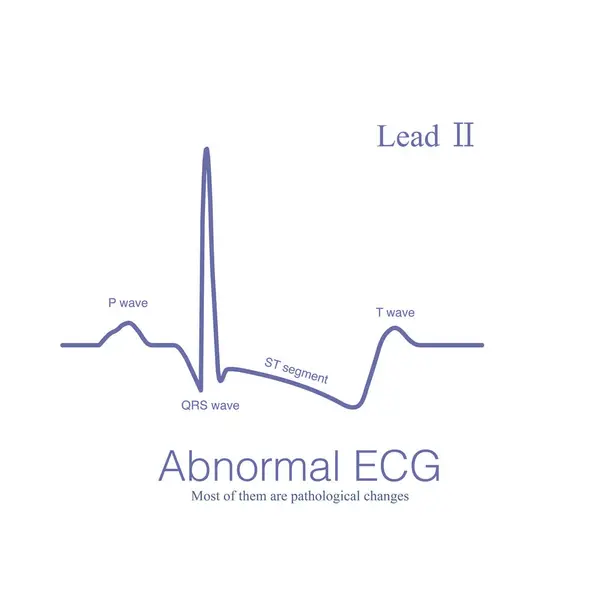
Abnormal ECG Refers To Changes In Depolarization Waves And Or Repolarization Waves, Most Of Which Are Pathologic And Few Are Physiological.
Image, 7.34MB, 10000 × 10000 jpg
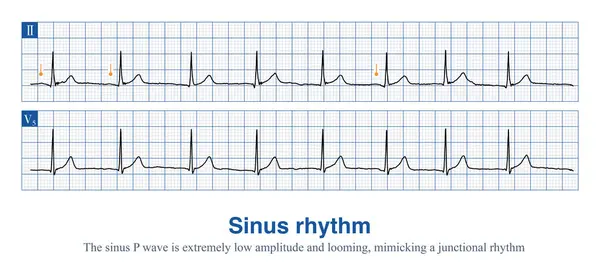
Sometimes, The P Wave Amplitude Of Sinus Rhythm Is So Low That It Is Close To An Isopotential And Can Easily Be Mistaken For A Borderline Rhythm.
Image, 8.33MB, 11811 × 5448 jpg

A 67-year-old Man Presents With Heart Palpitations, Numbness Of The Lips And Nausea After Consuming Poisonous Shellfish. ECG Showed Sinus Bradycardia.
Image, 9.84MB, 10000 × 5084 jpg

Conduction Disruption Occurs When The Impulse Encounters The Effective Refractory Period Of The Downstream Conduction System During Conduction.
Image, 10.06MB, 8000 × 13084 jpg

Sinus Heart Rate Less Than 60 Beats Per Minute In Adults Is Called Sinus Bradycardia. A Sinus Heart Rate Of 40 To 50 Beats Per Minute Is Moderate Sinus Bradycardia, And Patients May Have Symptoms Such As Palpitations And Dizziness.
Image, 10.18MB, 10000 × 5282 jpg

Normal Heart With Cardiac Arrhythmia, Showing Sinus Node, Chaotic Signals, And Atrial Fibrillation Diagram Hand Drawn Schematic Vector Illustration. Medical Science Educational Illustration
Vector, 0.61MB, 5000 × 3750 eps

Conduction Delay Occurs When The Impulse Encounters A Relative Refractory Period Downstream Of The Conduction System.
Image, 12.48MB, 9000 × 14720 jpg
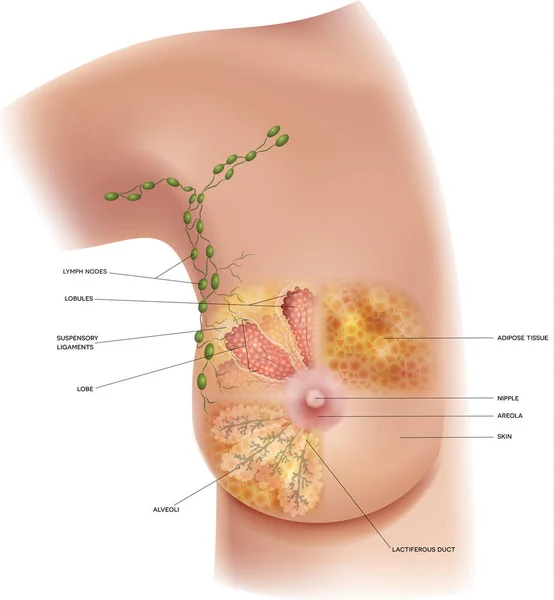
Female Breast Anatomy And Axillary Lymph Nodes Detailed Colorful Illustration
Vector, 6.65MB, 4800 × 5189 eps
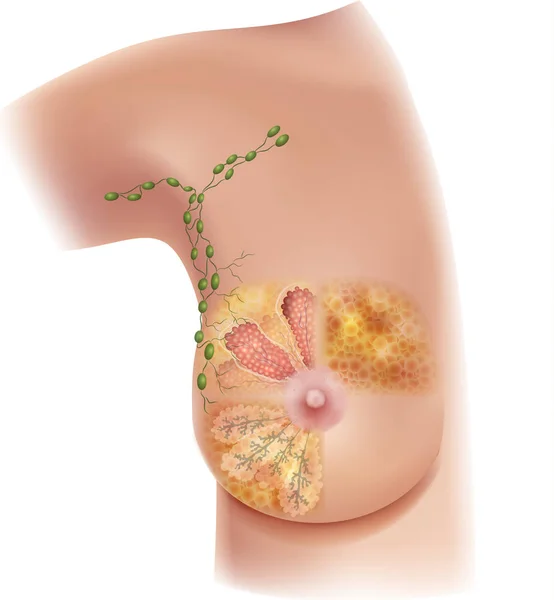
Female Breast Anatomy And Axillary Lymph Nodes Detailed Colorful Illustration
Vector, 6.6MB, 4800 × 5189 eps
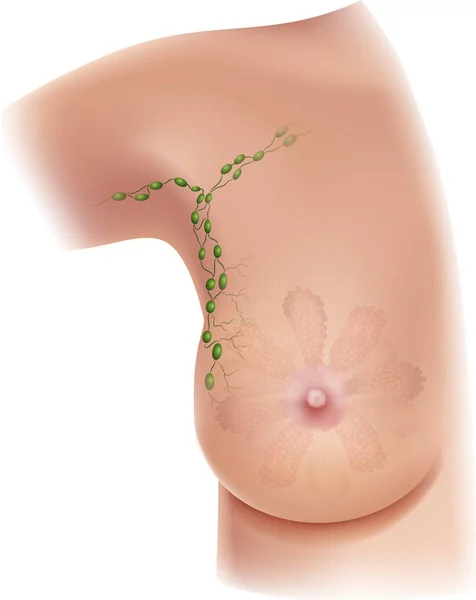
Female Breast Anatomy And Axillary Lymph Nodes Detailed Colorful Illustration
Vector, 7.36MB, 4400 × 5543 eps
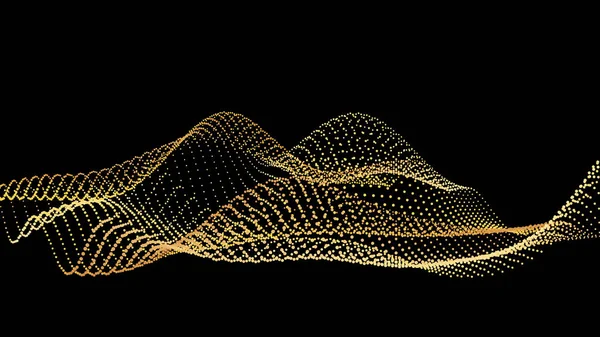
Sound Wave From Node. Gold Interface Big Data Flow. Copy Space Cover Template. Vector Swirl Isolated Flow. Golden Wobble And Spinning Along The Axis. Gradation Of Data From Nodes On A Black Background
Vector, 3.64MB, 6222 × 3500 eps

Sound Wave From Node. Gold Interface Big Data Flow. Copy Space Cover Template. Vector Swirl Isolated Flow. Golden Wobble And Spinning Along The Axis. Gradation Of Data From Nodes On A Black Background
Vector, 3.72MB, 6222 × 3500 eps

Sound Wave From Node. Gold Interface Big Data Flow. Copy Space Cover Template. Vector Swirl Isolated Flow. Golden Wobble And Spinning Along The Axis. Gradation Of Data From Nodes On A Black Background
Vector, 3.66MB, 6222 × 3500 eps

When Sinus Arrest Occurs, The Electrocardiogram Will Show A Long P-P Interval, Which Is Not Multiples Of The Basal Sinus Cycle, Including Physiological And Pathological Reasons.
Image, 8.96MB, 10000 × 4418 jpg

Lymph Node Anatomy As A Cross Section Of The Gland Of The Lymphatic System Function Concept And Immune System Or Lymphoid Organ Concept With Afferent And Efferent Vessels.
Image, 7.81MB, 6031 × 4593 jpg

Muscle Types, Muscle Anatomy, Muscle Classification, Types Of Muscle, Muscle Types In Human Body, Human Muscle Tissues.
Vector, 91.64MB, 4242 × 2647 eps
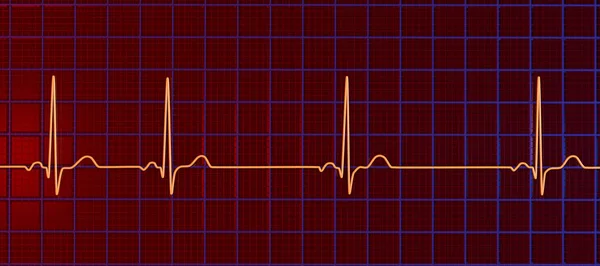
A Detailed 3D Illustration Of An Electrocardiogram ECG Displaying Sinus Arrhythmia, A Condition Characterized By Irregular Heart Rhythms Originating From The Sinus Node.
Image, 12.85MB, 9000 × 4000 jpg

The Atrioventricular Junction Area Includes The Lower Part Of The Atrium, Atrioventricular Node, And His Bundle, And Is A Necessary Pathway For Electrical Impulses To Travel From The Atrium To The Ventricle.
Image, 11.61MB, 8000 × 15472 jpg

A Young Woman At An Appointment With An Otolaryngologist Talks About Her Symptoms. A Professional ENT Doctor Examines A Patient. Sinusitis Is Complications Of Viral Diseases
Image, 2.77MB, 3400 × 2297 jpg
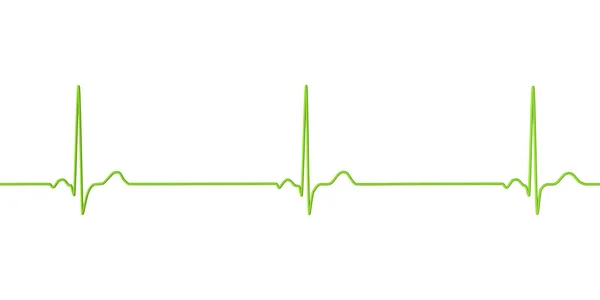
A Detailed 3D Illustration Of An Electrocardiogram Displaying Sinus Bradycardia, A Condition Characterized By A Slow Heart Rate Originating From The Sinus Node, Typically Below 60 Beats Per Minute.
Image, 0.75MB, 7000 × 3500 jpg
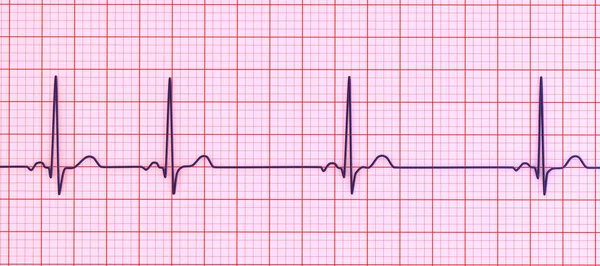
A Detailed 3D Illustration Of An Electrocardiogram ECG Displaying Sinus Arrhythmia, A Condition Characterized By Irregular Heart Rhythms Originating From The Sinus Node.
Image, 9.76MB, 9000 × 4000 jpg

An Electrocardiogram Displaying Sinus Bradycardia, A Condition Characterized By A Slow Heart Rate Originating From The Sinus Node, Typically Below 60 Beats Per Minute, 3D Illustration.
Image, 4.47MB, 9000 × 6000 jpg

Male, 39 Years Old, Paroxysmal Palpitations For 5 Years. ECG Showed B Type Ventricular Preexcitation.The Bypass May Be Located In The Right Posterior Free Wall.
Image, 13.2MB, 10000 × 6424 jpg

Lymphoma Lymph Node Cancer Anatomy Spreading In The Lymphatic System As A Tumor In Nodes As A Concept Of The Immune System Or Lymphoid Illness.
Image, 7.99MB, 6547 × 4147 jpg
Page 1 >> Next

